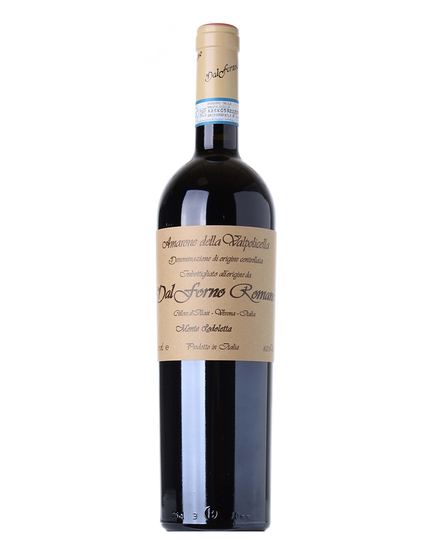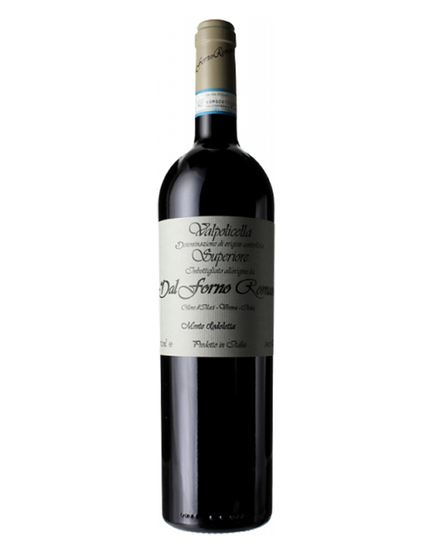-

NT$ 13,300 – NT$ 20,600
Back in 2006, this estate farmed approximately 25 hectares of vines, and the Valpolicella was just beginning to feel its new celebrity status, thanks to a new generation of vintners (to come after Quintarelli and Dal Forno) showing impressive results. The 2006 Amarone della Valpolicella Monte Lodoletta was born in a vintage that was not easy: It saw hail and above-average rainfall for much of the growing season. This expression opens to an inky dark appearance and heavy aromas of dried fruit, pressed blackberries and sun-dried prunes. There is a slightly sweeter side to this vintage (the residual sugar is up to ten grams per liter), and the mouthfeel offers enormous volume and richness. You get some jammy and raisiny fruit at the back. Like the 1990 vintage also tastes in this retrospective, this bottle from the 2006 vintage was slow to open and felt a bit closed initially. In fact, I gave it 94 points at that time. However, I recently opened a bottle of this same wine that I had in my cellar, and it was just stunning. It showed none of the shyness that I described above. Inspired by that second magical bottle, I went back and adjusted the drinking window and my score to the one you see here.
-

NT$ 5,300 – NT$ 5,400
Dal Forno’s 2002 Valpolicella is a massively endowed effort revealing backward dark fruit, new leather, spices, herbs, roasted coffee beans and toasted oak on an imposing, tannic frame. Made in a super-concentrated style – even by Dal Forno’s standards – it will require several years of cellaring for the tannins to soften somewhat, although it is hard to imagine that will ever completely happen. Beginning with the 2002 vintage Dal Forno’s Valpolicella is made from 100% dried fruit, whereas in previous vintages the wine had been made only partially with dried fruit. Anticipated maturity: 2010-2017.
Romano Dal Forno is a humble, down to earth and extremely passionate person. Just a few minutes with Dal Forno are enough to understand his unwavering, some might say obsessive, pursuit of quality. I have never met a producer with such a maniacal approach to cleanliness in the cellar. Nothing is wasted here. As I tasted the drying grapes after the 2006 harvest one grape fell to the ground, but it was swiftly picked up by Dal Forno. The same aesthetic applies to Dal Forno’s work in the vineyards. Dal Forno’s newest plot is planted with an extremely dense 12,800 vines per hectare and can only be described as a work of surgical precision. Dal Forno uses roughly 60-70% Corvina, 10-15% Croatina, 10-15% Rondinella and a small amount of Oseleta for the Valpolicella and Amarone. The fruit from the estate’s younger vines goes into the Valpolicella, while Amarone is made from vineyards that range from 10 to 30 years of age.


